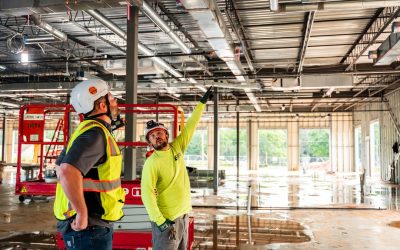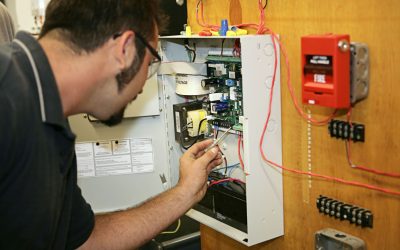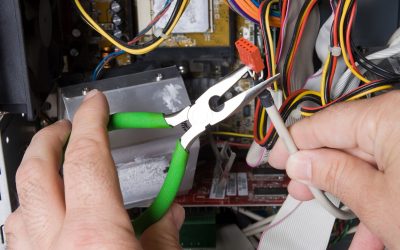Ensuring aircraft reliability is a top priority for aviation professionals across the United States. With the increasing demands of both commercial and military aviation, maintaining the performance and safety of turbine engines has never been more critical. One of the most effective ways to achieve this is through advanced testing solutions tailored for the unique requirements of the American aviation industry. When searching for ways to improve engine performance and reliability, many aviation experts turn to a Turbine Engine Test Cell to ensure their engines are thoroughly evaluated under real-world conditions.
The Role of Test Cells in Aircraft Reliability
A turbine engine is the heart of any modern aircraft, and its reliability directly influences flight safety, operational efficiency, and overall maintenance costs. A specialized test cell provides a controlled environment where engines can be run through a variety of scenarios and performance checks without leaving the ground. This approach allows for early detection of issues, precise tuning, and validation of repair work before the engine is reinstalled on the aircraft.
Why US Aviation Needs Specialized Test Cells
The aviation sector in the United States faces unique operating conditions, regulatory standards, and performance expectations. Test cells designed for US aviation needs incorporate features such as:
-
Compliance with FAA Standards: Ensuring all testing protocols meet or exceed Federal Aviation Administration regulations.
-
Adaptability for Multiple Engine Types: Supporting a wide range of turbine engines, including those used in both commercial airlines and military aircraft.
-
Integration with Advanced Diagnostics: Utilizing state-of-the-art sensors and data analytics for real-time performance monitoring and troubleshooting.
-
Environmental Controls: Accounting for the diverse climates and altitudes encountered across the US, from coastal airports to high-altitude hubs.
These tailored features help operators achieve more accurate diagnostics, streamline maintenance procedures, and reduce the risk of in-flight failures.
Key Benefits of Advanced Turbine Engine Testing
Investing in a purpose-built test cell offers a range of advantages for aviation organizations:
-
Enhanced Safety: By detecting potential issues before they lead to operational failures, test cells contribute to safer skies for passengers and crew.
-
Cost Efficiency: Early identification of problems reduces the likelihood of expensive repairs or catastrophic failures, ultimately saving money.
-
Shortened Downtime: Efficient testing and diagnostics mean engines spend less time out of service, maximizing fleet availability.
-
Improved Performance: Regular testing ensures engines deliver optimal thrust, fuel efficiency, and emissions control, all of which are essential for regulatory compliance and operational effectiveness.
Meeting the Demands of Modern Aviation
As aircraft technology evolves, so too must the methods used to maintain and test their engines. Modern test cells are equipped with digital interfaces, automated reporting, and remote monitoring capabilities, enabling technicians to make data-driven decisions. This level of sophistication ensures that even as engines become more complex, maintenance teams are equipped to keep pace with technological advancements.
Supporting a Culture of Reliability
The commitment to reliability is a defining characteristic of American aviation. By adopting advanced testing solutions, organizations not only protect their investments but also reinforce their reputation for safety and excellence. A well-designed test cell is more than just a tool—it’s an integral part of a robust maintenance strategy that upholds the highest standards in the industry.
In summary, leveraging a turbine engine test cell specifically designed for US aviation needs is a strategic step toward boosting aircraft reliability. With features tailored to American regulatory and operational requirements, these facilities enable precise diagnostics, efficient maintenance, and enhanced safety, ensuring that aircraft engines are ready to meet the challenges of today’s demanding aviation environment.



